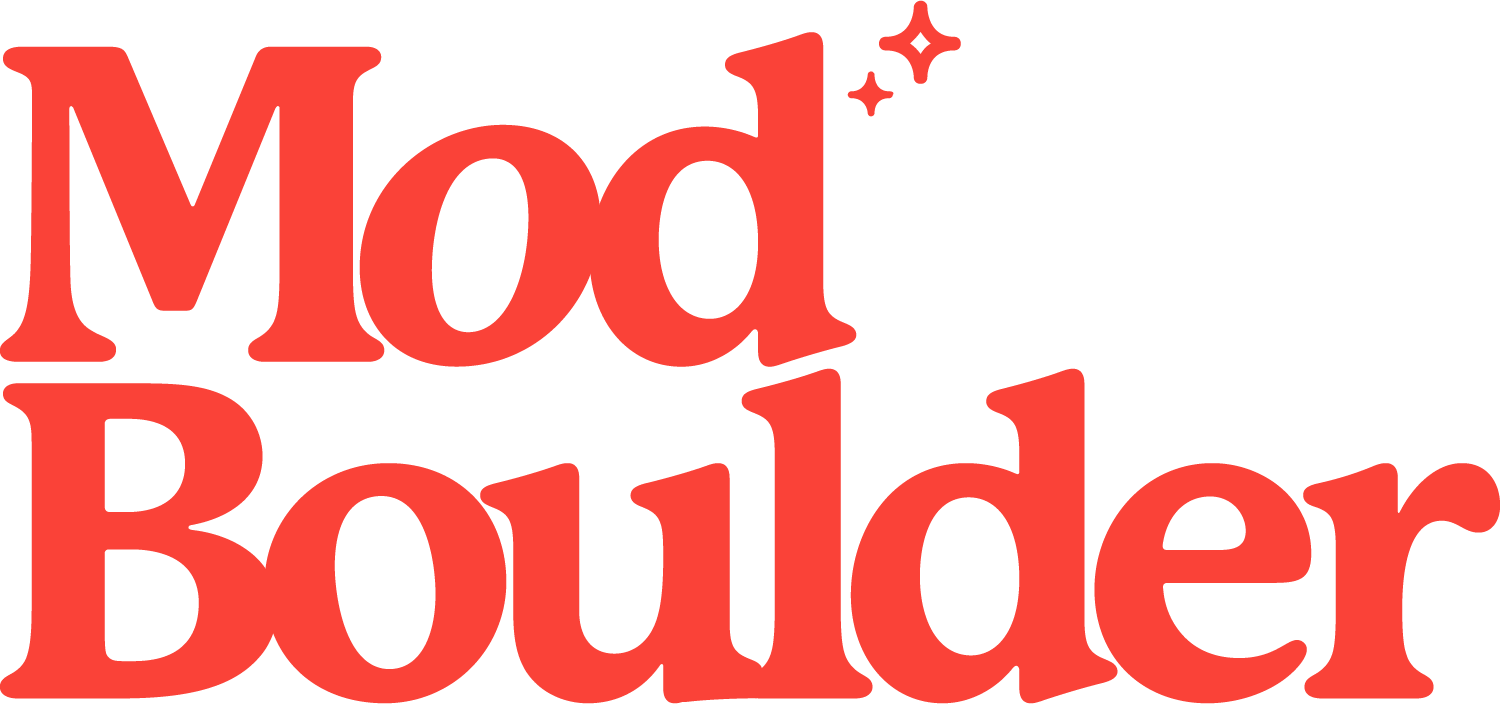More Than Brick and Mortar: A History of Fired Clay Brick
Since the neolithic era, fired clay brick has been a ubiquitous building material used around the world. In early European cultures, Mediterranean civilizations built large brick structures with the use of mobile kilns, embellishing each brick with the seal of their legion. In Northern Europe, a style of brick architecture called “Brick Gothic” was established during the Middle Ages in areas that lacked a natural supply of rocks.
In North America, the first settlers in New England brought with them the architectural aesthetics of their European homelands. Even prior to the establishment of the United States as an independent country, brick was the most popular building material in North America. St. Luke’s Church in Virginia (1632), the State House in Boston (1713), and Independence Hall in Philadelphia (1753) were all constructed using fired clay brick.
From the 19th century through the Industrial Revolution, bricks gained even more popularity among business owners and homeowners alike. In cities like Chicago, Baltimore, and St. Louis, local authorities mandated the use of bricks in their city’s building codes. This was typical for areas that were affected by large fires—the Great Chicago Fire of 1871 comes to mind—as certain bricks could withstand very high heat and were considered fireproof.
In addition to its fire resistance, brick has many advantages over its wooden counterparts; bricks are inexpensive, durable, and distinguished in their appearance. Before long, homeowners, builders, and contractors started using brick not just in the vertical planes of walls and buildings, but also as a paving material for pathways and pedestrian zones. (Envisioning the Pearl Street Mall here? Me, too.)
In Boulder, brick has always been a popular building material. From the Arts and Crafts charmers of Chautauqua to the post-war ranches of Martin Acres, masonry construction has played a leading role in the architecture of our city. In fact, two of Boulder’s most (in)famous buildings, downtown’s Colorado Building and the Williams Village dormitories, are constructed primarily from brick.
It wasn’t until the late ‘70s and early ‘80s when brick’s design luster began to fade. This was the era of organic design, and concrete and wood became the new trend. For example, large developments like Wonderland Hill used stained wood as the primary exterior cladding to anchor the homes within the surrounding nature.
This was followed by the Southwestern fad of the early ‘90s that leaned heavily on stucco. More recently, the modern farmhouse design, which utilizes board and batten siding topped with a metal roof, has been all the rage in new home construction as well as remodels.
But now, brick is regaining popularity. Two of Boulder’s most modern commercial buildings, PearlWest and the Google Campus, heavily incorporate masonry facades designed to fit within the urban context, creating structures that not only evoke a look toward the future, but also serve as an homage to the past.
Additionally, homeowners are appreciating how timeless a brick house can be. (Cue the Commodores.) Instead of covering existing brick, it’s becoming more common to paint it. While this is a great way to update your home’s personality and curb appeal, don’t simply run over to McGuckin Hardware and grab just any exterior paint. A mineral-based or silicate paint that's formulated for breathability is recommended for brick’s porous surface. But don’t take my word for it—consult a local painting pro before popping open any paint cans!
For over two centuries, brick’s simple shape and stylish versatility, as well as its low-maintenance durability, have continued to make it the preferred building material in the U.S. After years of taking the backseat to other trendier materials, classic brick is once again paving the way into the future.

